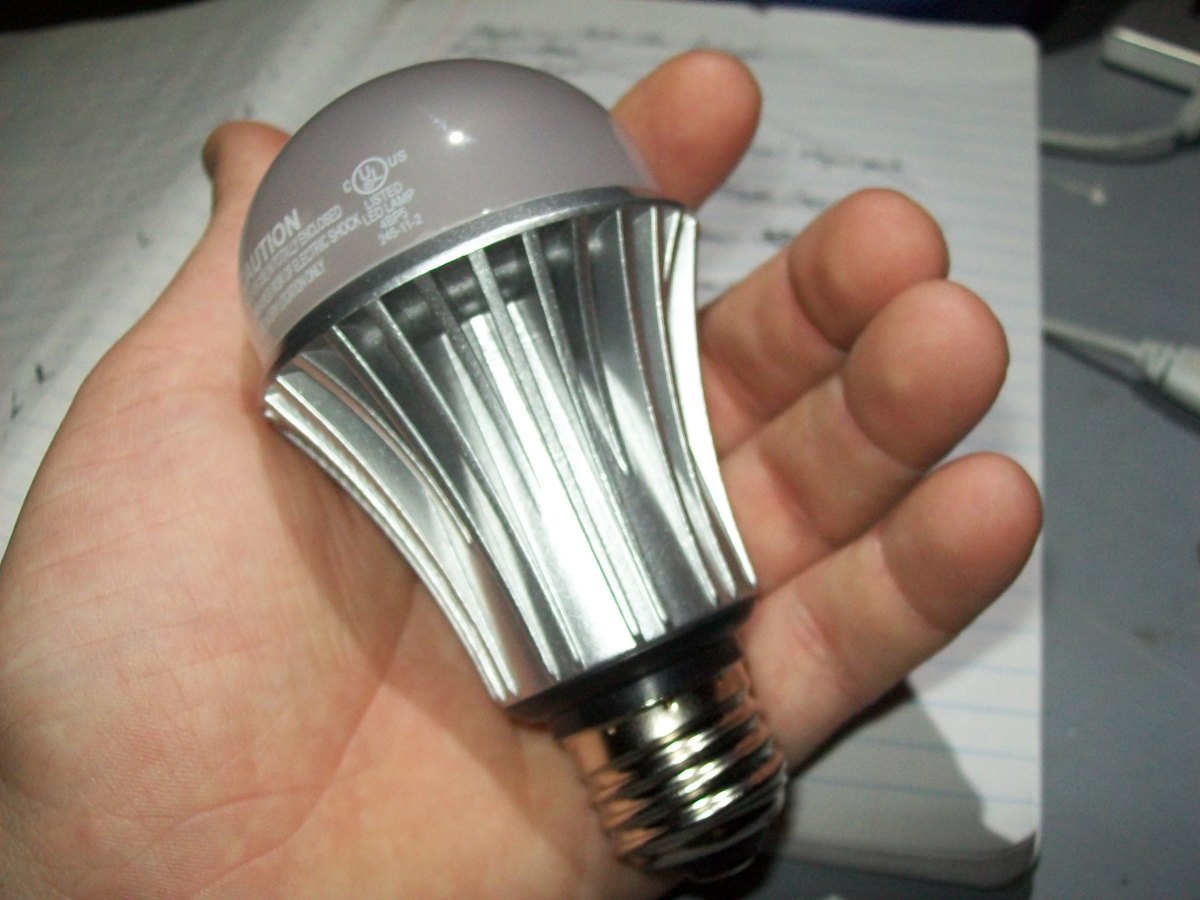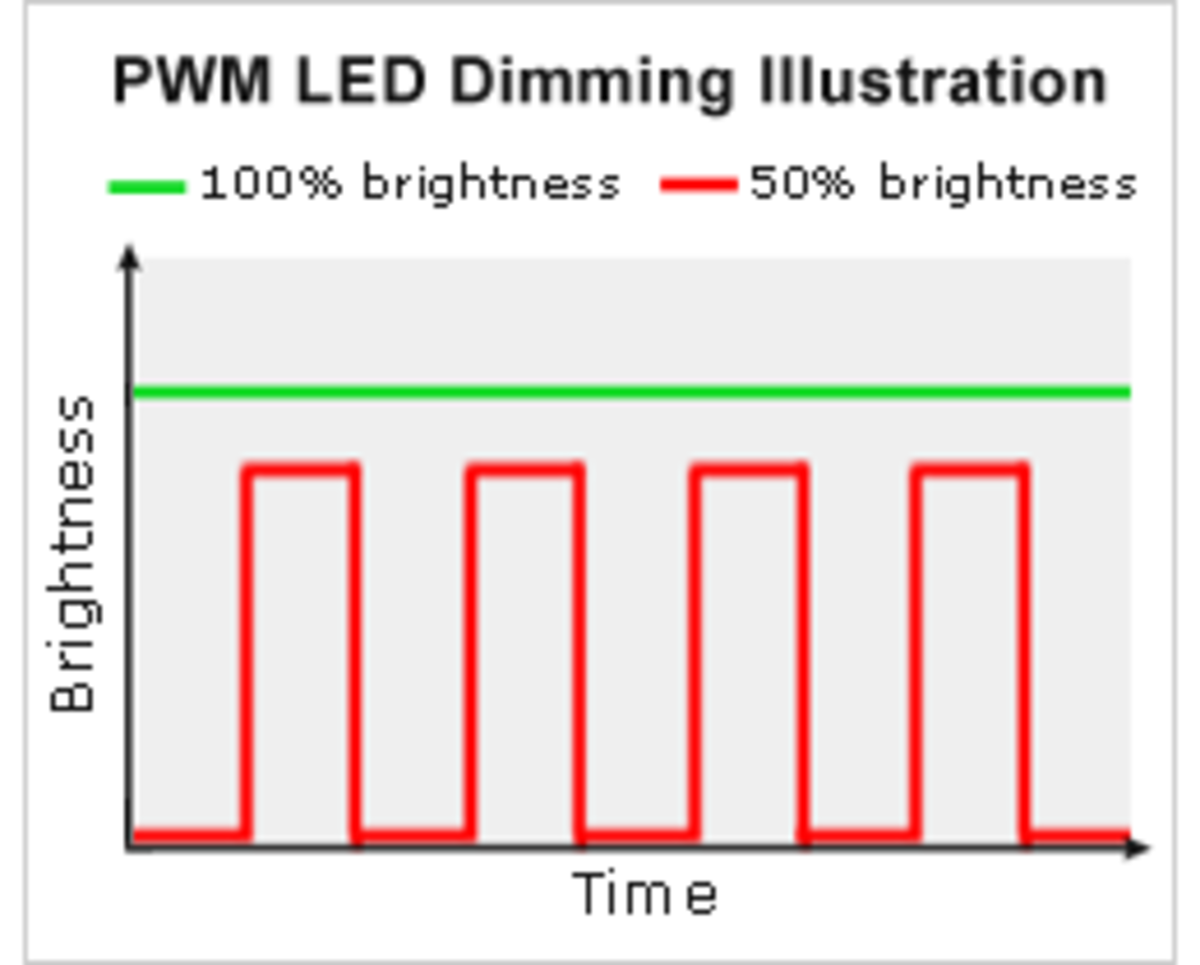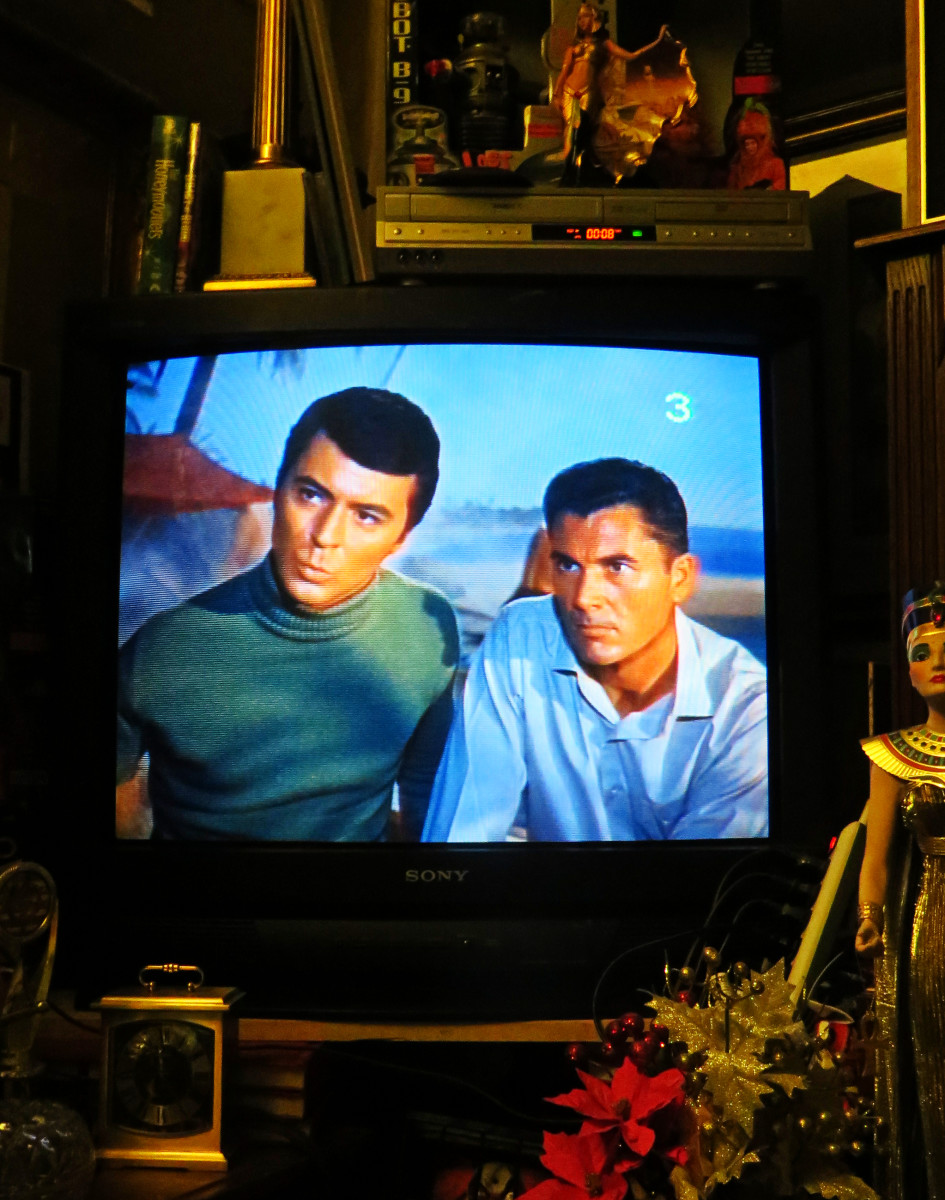True LED TVs - Do They Really Exist
LED TV Hype
With the growth of and innovations in the television manufacturing technology, newer kind of next generation televisions are now available in the market. Following the CRT TVs the LCD TVs appeared in the market. Today the trend is shifting towards the LED TVs. But there are numerous queries creeping up in the mind of a common man.
What exactly is an LED TV? What is the difference between an LCD and LED TV? What advantages do the LED TVs offer over LCD TVs? And last but not the least, the key question, whether the true LED TVs really exist or is it just the hype over which the companies are caching on?
We will be discussing all these aspects in this article.
In an LCD TV there is an array of Liquid Crystal Diodes wherein each and every individual LCD is representing one solitary pixel on the display panel. This panel or array of LCDs is backlit by Cold Cathode Fluorescent Lamp (CCFL). Similarly in any true LED TV there should be an array of Light Emitting Diodes wherein each individual LED must be illuminating single pixel on the screen. But in actual world today this is not the case.
So what exactly is being offered to the consumers in the name of LED TVs? Factually all the low to high end LED TVs these days comprise of a normal LCD panel which is backlit by a predefined configuration of LEDs. So in real sense the TVs being promoted as LED TVs are LCD TVs backlit by LEDs instead of CCFL. This definitely helps in producing slimmer television sets as compared to their CCFL backlit LCD counterparts. The final product is also more environment friendly as there is no mercury content involved as is the case with CCFL.
Let us now explore what are the various kinds of LED TVs now available in the market.
First generation of LED TV is the Edge Lit LED TV. These TVs were commercially introduced in the market in early 2009. The LCD panel in the Edge Lit TVs is illuminated by placing a series of LEDs along the entire perimeter or edge of the television frame. The picture quality of these TVs is in no way better than a normal CCFL based LCD TV. Rather these Edge Lit TVs suffer from non-uniform lighting of LCD panel. This results in some areas on the screen being brighter than the others. Since a lesser number of LEDs are used so these TVs have very low power consumption. These televisions are also cheaper to produce hence lower end LED TVs offered by various companies employ this technology.
Second generation of LED TV is the Full Array LED TV. These televisions try to overcome the inherent shortcomings of Edge Lit LED TVs. In these television sets the LCD panel is illuminated by an entire array of uniformly distributed LEDs. These LEDs are placed at equal distance from each other and distributed along the whole surface LCD panel so as to achieve uniform backlighting. As much greater numbers of LEDs are employed in this configuration so these TVs are costlier as compared to Edge Lit ones. But still the power consumption of these TVs is lower than that of CCFL LCD TVs.
Now the latest generation of LED TV is Local Dimming (LD) LED TV. These are basically Full Array LED TVs but with entire array being divided into multiple zones. The LEDs within any single zone can be independently controlled without any effect on the LEDs in other zones. Resultantly these TVs are able to produce extreme deep blacks hence very high contrast ratios. The picture quality of these TVs is better than the other ones. Though they suffer from blooming effect when a dark scene is followed by a very bright scene but still this is not very much noticeable while you are watching a movie.
But what about our key question – Do the true LED TVs exist? Unfortunately the answer is ‘NO’, at least commercially. A normal LED backlit LCD TV usually integrates from 1500 to 2000 LEDs to illuminate the display panel. The full HD display panel comprises of approximately 2 million LCD units to represent as many individual pixels on the screen. So, the true full HD LED TV would be having around 2 million LEDs for the entire panel. As of now there is no commercially available LED TV in compliance with these requirements. These TVs as and when appear in the market would be much more costly than today’s LED TVs.
So we can conclude that there is no true LED TV which is currently available in the market. All the companies are simply selling LED backlit LCD TVs by quietly dropping the word ‘LCD’. Still if you are willing to purchase such a TV then go for the Local Dimming (LD) LED TV. This is the latest technology being integrated in LED TVs producing best possible picture quality and contrast ratios.









